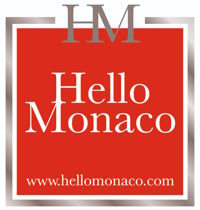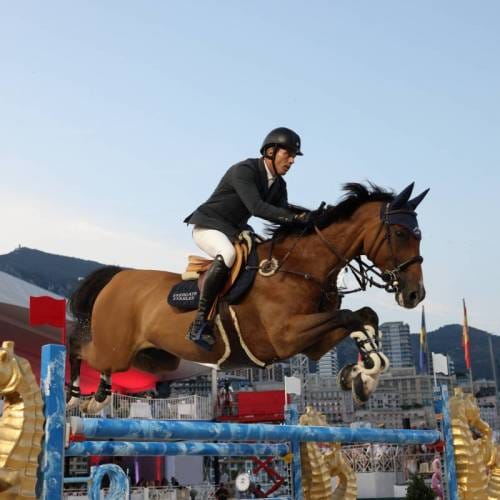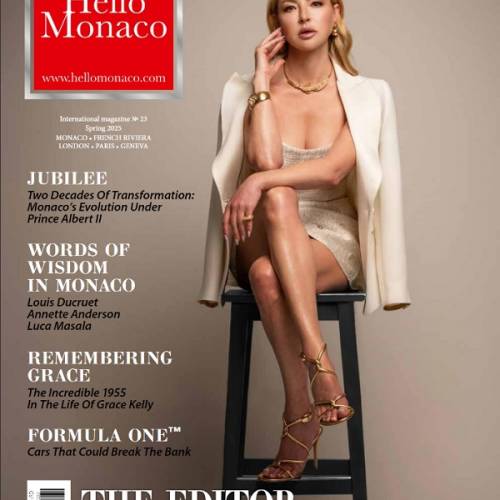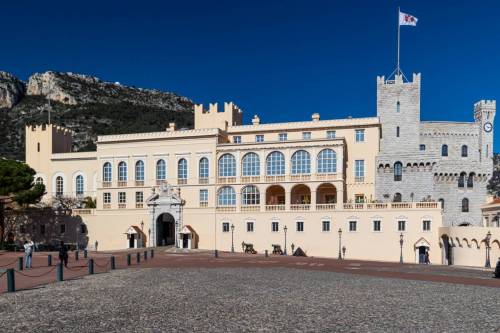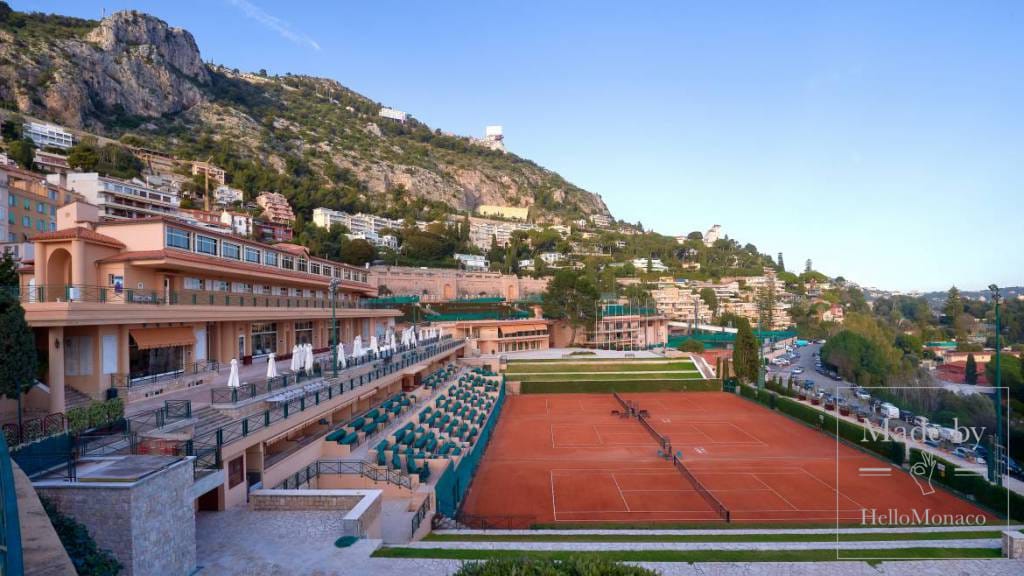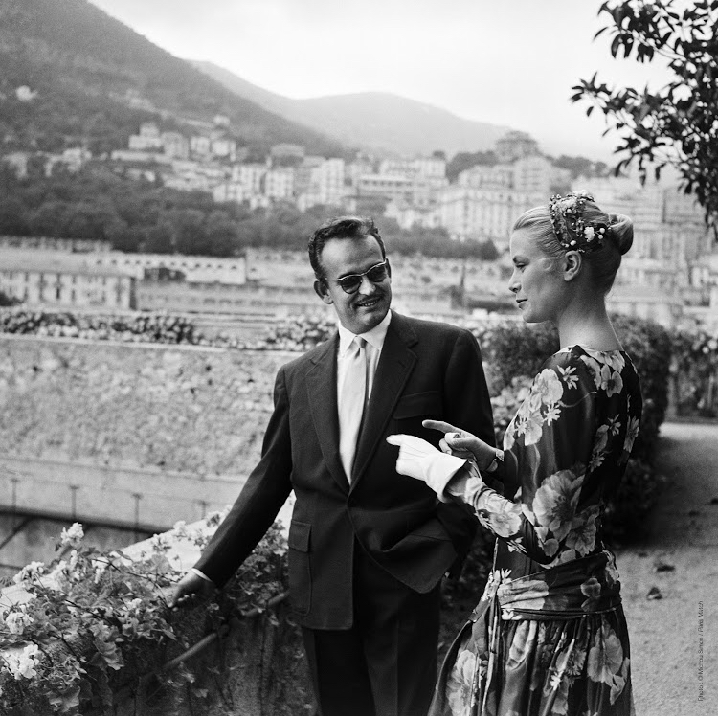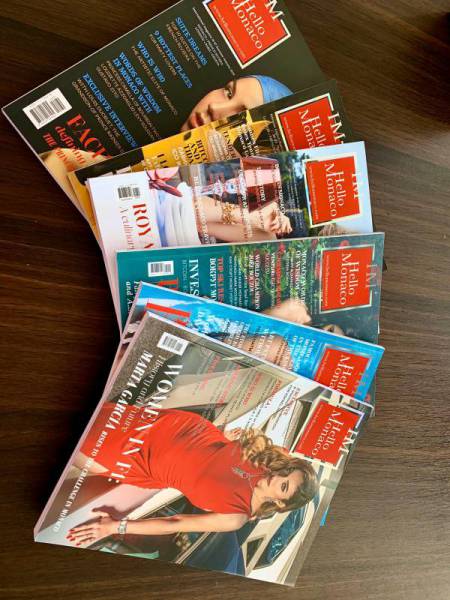The Principality of Monaco has always had a rich history in gastronomy, due to a national desire to provide excellence to its residents and visitors. Traditional Monegasque cuisine is influenced by French culture and its main recipes are based on fresh vegetables, rice and seafood.
Barbagiuan is a pastry considered a national speciality of the Principality of Monaco, produced from rice, cheese, leek and pumpkin or spinach. Most local appetisers in the Principality of Monaco are made from either fruits or vegetables.
One of France’s most popular and delightful desserts, the “Crêpe Suzette” was evolved in the Principality at the end of the 19th century.
The recipe of this delightful pancake soaked in Grand Marnier was invented by chance at the Café de Paris during one of the visits of the Prince of Wales, later to become King Edward VII of England. He was a frequent and enthusiastic visitor of Monaco and whilst having lunch one day at the Café de Paris, Chef Carpentier was preparing pancakes with a liqueur when suddenly the contents of the frying pan burst into flames.
The Prince of Wales was enchanted by the spectacle and asked the chef what the recipe was called. Caught off guard but coming quickly to his senses, the chef admitted that the recipe had been invented for the occasion but suggested off the cuff that the pancakes be called „Princely Crêpes“.

In a gesture of gallantry, the Prince of Wales proposed that the dessert be named after the charming young woman he had invited to lunch, whose name was Suzette.
The Principality of Monaco has always attracted entrepreneurs, whose desire and ambitions drive them to achieve more to prove their commitment and excellence in their own fields, a great example being Alain Ducasse, one of the greatest chefs in the World. In 1987 the late H.S.H. Prince Rainier III requested Alain Ducasse to take over the management of the kitchens at the Hôtel de Paris, the prestigious establishment owned by Monte Carlo SBM. Alain Ducasse’s assignment was to achieve three stars in the Michelin Guide for the hotel’s main restaurant. Thanks to commitment and passion with his Mediterranean cuisine and being inspired by excellence at the highest level, the Restaurant Louis XV run by Alain Ducasse was awarded its third Michelin star in 1990.
This was the first step to a gastronomical change in the Principality of Monaco.
Alain Ducasse’s Mediterranean-inspired cuisine became his signature by the end of the 20th century and it still strikes a subtle balance between location, tradition and innovation.
Alain Ducasse brought culinary class to Monaco and the bar has been rising ever since with other great gastronomical geniuses building on these foundations, including Joël Robuchon.

Chef Robuchon, the “Chef of the Century” holds 28 Michelin stars and is internationally famous for the relentless perfection that he dedicates to his cuisine. This has helped to turn the Principality of Monaco into a world class and unique culinary capital.
And a gastronomical revolution still lives on thanks to numerous other Michelin star chefs, who strive to push the boundaries of what can be achieved and who are cultivating the Principality with their excellence.
To further develop this growth, the Principality of Monaco hosts various gastronomical events each year to showcase its culinary heritage and to offer a platform for innovation to develop.
With this book, you have unique access to ten of the finest and most iconic restaurants in the Principality of Monaco, where you can discover the excellence that the region delivers.
The Prince Albert II of Monaco Foundation is the South East regional coordinator for the “Mr Goodfish” campaign to promote the responsible consumption of seafood.
In association with the Mare Nostrum aquarium and the Oceanographic Museum of Monaco, the Prince Albert II of Monaco Foundation is making hotel professionals, chefs, fishermen and restaurant owners aware of the issue of sustainability. They propose and clearly indicate which seafood products are preferable for selection for consumption.
The goal of this initiative, which is already hugely successful in the Channel and North Sea areas, is to offer an alternative to consumers by encouraging them to try new species selected from a list established by the “Mr Goodfish” campaign.

The selection of suggested fish is planned at each change of season according to the region, the state of the resource, the size and the status of the species (protected or not). The incentive enables followers to purchase fresh fish and at the same time preserve the resources of the sea.
Many iconic chefs and restaurants follow the commitment of the Prince Albert II of Monaco Foundation, which concerns itself with global sustainability and the environment.
Committed since its creation to the preservation of endangered marine species and in particular the bluefin tuna, the Prince Albert II of Monaco Foundation coordinates the development of the „Mr Goodfish“ campaign along the Mediterranean coast.
The WWF recently congratulated Monaco for being the first territory in the world to achieve bluefin-free status as all restaurants, retailers and chefs in the Principality of Monaco have removed endangered Atlantic bluefin tuna from their shelves and menus until stocks of the fish have recovered and the fisheries and trade are managed in a sustainable way.
Published with the consent of the authors of “Signature Dishes of the Principality of Monaco with Wine Pairing Guide“ by Bradley Mitton (Author), Zsolt Szemerszky.
